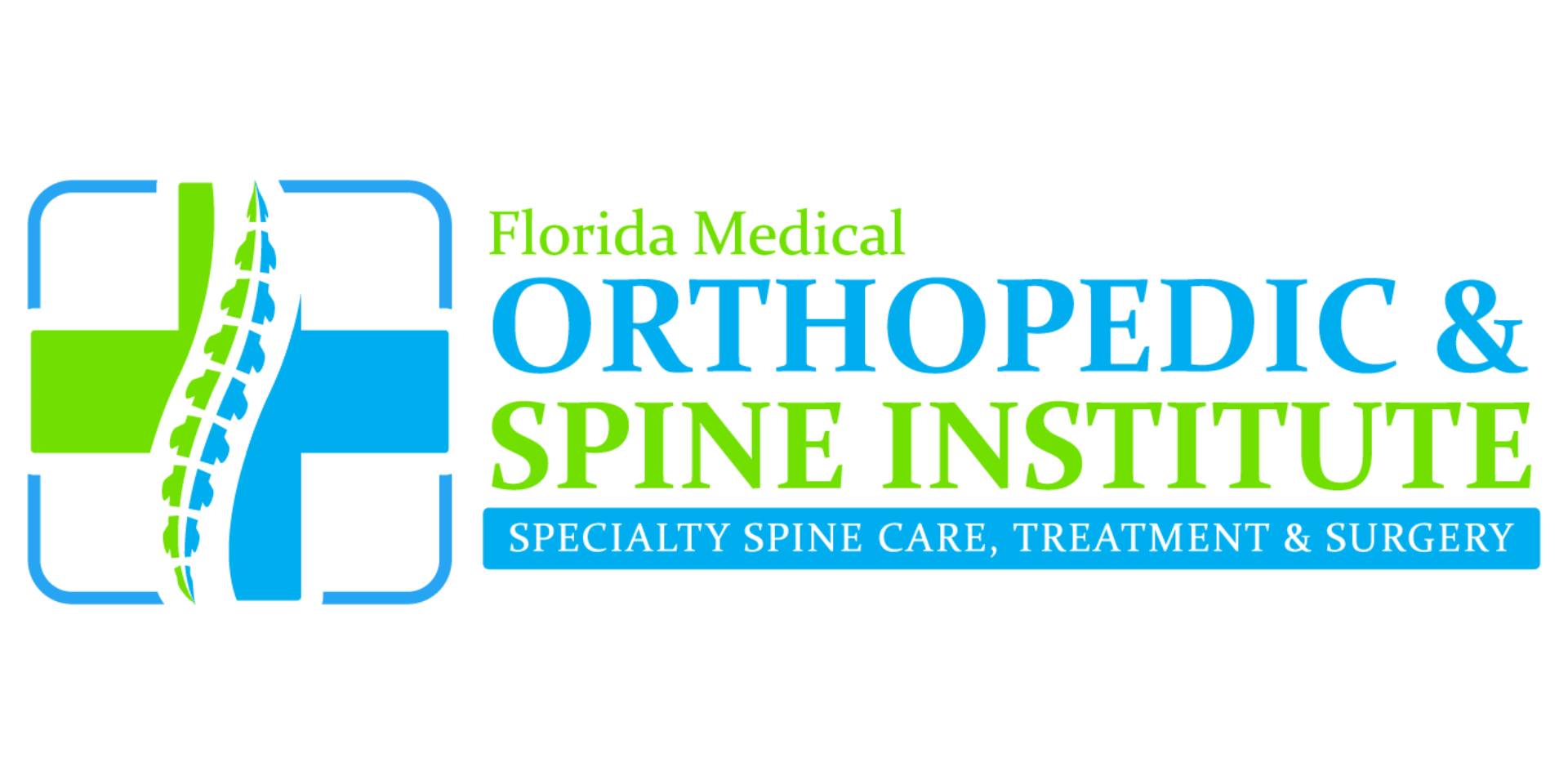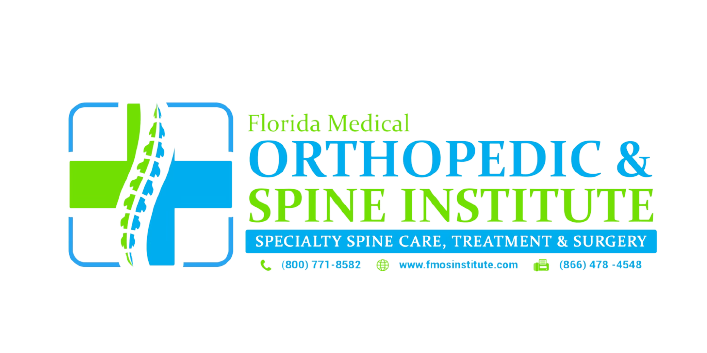Bone Spurs: Causes, Symptoms, and Treatment Options
Bone spurs, also known as osteophytes, are bony projections that often form along the edges of bones. They typically develop in areas where bones meet each other in the joints. These spurs can form in various locations in the body, including the spine, shoulders, hands, hips, knees, and feet. In this article, we'll go over the causes, symptoms, and treatment options for bone spurs.
Contact Us Today
Have a question? Looking for treatment? We’re here to help. Send us a message and we’ll be in touch.
Find The Best Treatment Option For You!
Bone Spur Symptoms
The symptoms associated with bone spurs can vary, and in many cases, bone spurs might not cause any symptoms at all. When symptoms do occur, they are often related to the affected area and the structures near the bone spur. Symptoms of bone spurs might include:
- Pain: Bone spurs may cause pain in the affected area. This can occur when the bone spur presses against nearby nerves or other tissues.
- Limited range of motion: If a bone spur develops within a joint, it can limit movement and flexibility, causing stiffness and reduced mobility.
- Swelling: In some cases, the presence of a bone spur might lead to localized swelling and inflammation.
- Weakness or numbness: Bone spurs in the spine can put pressure on nerves, causing weakness or numbness in the extremities.
- Joint stiffness: In joints affected by bone spurs, stiffness and reduced function might be experienced.
- Tenderness: The area around the bone spur may feel tender to the touch.
If you have experienced any of these symptoms recently, it is important to see a
doctor right away.
Bone Spur Treatment
Treatment for bone spurs typically depends on the location, the severity of symptoms, and the impact of the spurs on an individual's daily life. Here are several common approaches to address bone spurs:
- Medications: Over-the-counter pain relievers like ibuprofen or acetaminophen may help to alleviate pain and reduce inflammation related to bone spurs. In some cases, a doctor might prescribe stronger pain medications.
- Physical Therapy: Specific exercises and physical therapy can help increase joint mobility, reduce pain, and improve flexibility.
- Orthotics or Shoe Inserts: For bone spurs in the foot, using custom shoe inserts or orthotics might help alleviate pressure on the spur, reducing pain and discomfort.
- Injections: Corticosteroid injections can be administered directly into the affected area to reduce inflammation and alleviate pain temporarily.
- Surgery: In more severe cases where conservative treatments haven't provided relief, surgery may be considered to remove the bone spur. However, surgery is usually a last resort and is not recommended in all cases.
- Lifestyle Modifications: Making lifestyle changes, such as maintaining a healthy weight, proper posture, and wearing appropriate footwear, can help prevent or alleviate bone spur symptoms.
If you have any further questions about bone spurs,
contact us today! Learn how
Florida Medical Orthopedic & Spine Institute
can help you alleviate your pain.
Frequently Asked Questions About Bone Spurs
How Serious is a Bone Spur?
Unless they are damaging other tissue or causing a lot of pain, most of the time bone spurs aren't super serious. In severe cases, seeing a physical therapist for a deep tissue massage or an ultra sound.
What Happens if Bone Spurs are Left Untreated?
If bone spurs are left untreated, the most common side affects are pain and discomfort in the affected area. If the bone spur is by muscles or nerves, then the pain and discomfort will be a bigger factor.
What Age do Bone Spurs Start?
While anyone can get bone spurs, they are most common in adults over the age of sixty. Young athletes are also at a higher risk for bone spurs because of the added stress on muscles, tendons, and ligaments.

